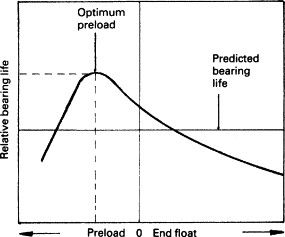From experience in the past with a roundhead Colchester Student I used to have with very similar problems, I think if it is a case of adjustment Pete Rimmer has a very good point. I had tried adjusting the bearings as tight as I dared with seemingly no difference, fortunately a fellow club member had been a Cincinatti milling machine service engineer for many years, he came round and as he suspected the bearing inners were stuck on the spindle, so wouldn't adjust.
Using a large C spanner the bearing inner moved, as Pete says with a crack, and he then went on to adjust the bearings, he fitted the faceplate and adjusted by spinning by hand and checking the rotation until it stopped, I believe it was either 1 1/2 or maybe 2 turns, it was a long time ago, and it was the large faceplate.
Interestingly before doing anything else he performed the fixed steady test, using the 4 jaw independent chuck as outlined above by Hopper, also let the lathe run for a good twenty minutes before doing any checks or adjustments. He also adjusted all the slides after that the finish on the work was vastly improved, this was on a very worn machine, with a very noisy headstock ( earplugs on higher speeds!). Followed importantly with a visit to the fish and chip shop and then the pub! So very worthwhile carrying out the checks advised in the other posts , there's some good practical information in there, good luck with it.
Dave
P.S the machine was fitted with a single phase motor.
not done it yet.





